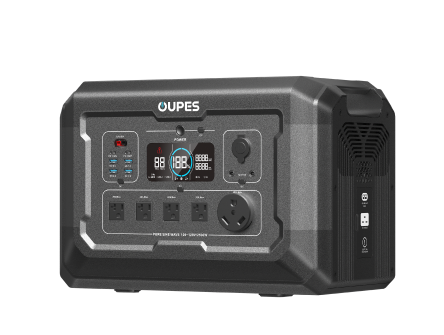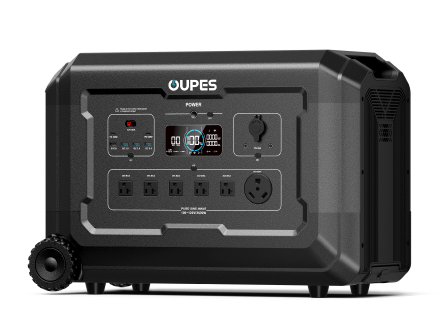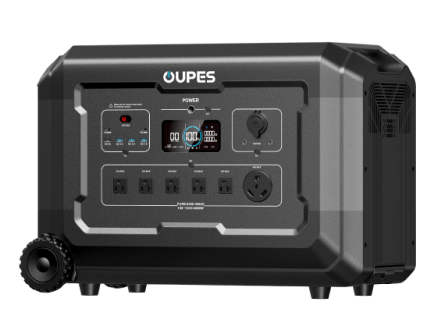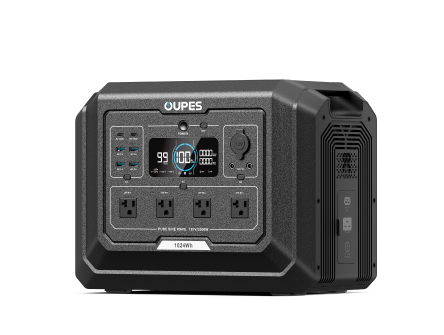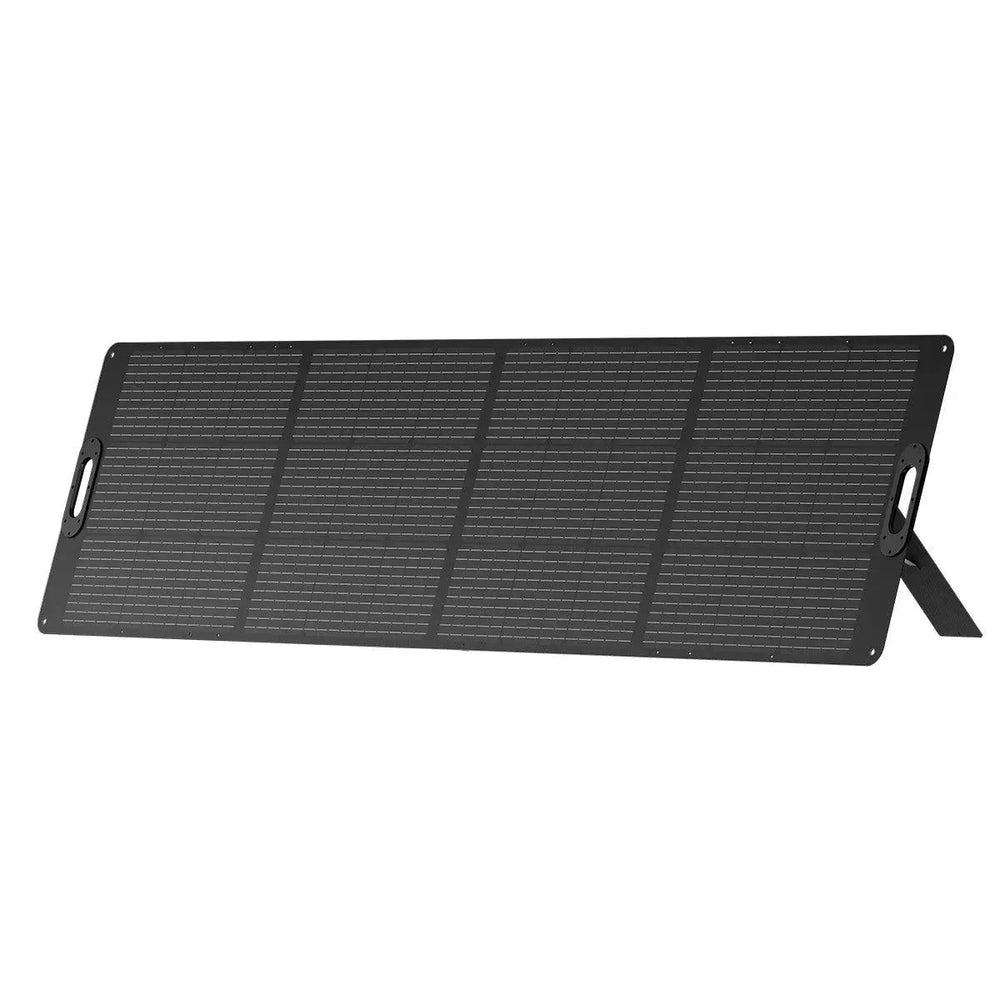
In a world where mobility and sustainability are key, a portable power station serves as a lifeline. Whether you're venturing into the wild, preparing for an emergency, or simply seeking energy independence, knowing how long your power station will last is crucial. But how do you calculate this? The answer lies in understanding battery capacity, power consumption, and efficiency factors.
Understanding Battery Capacity: The Foundation of Power Calculation
Every portable power station comes with a rated capacity, typically measured in watt-hours (Wh). This figure represents the total amount of energy stored in the battery. For example, an OUPES portable power station with a 1,000Wh capacity theoretically supplies 1,000 watts for one hour or 100 watts for ten hours. However, this is only the theoretical limit—real-world usage often differs.
Breaking Down Power Consumption
To estimate runtime, you must first determine the power draw of your devices. Appliances and gadgets list their power consumption in watts (W). If you plan to run a 60W laptop and a 100W mini fridge simultaneously, your total power demand is 160W.
Applying the Formula: A Simple Calculation
Now, the formula comes into play:
Runtime (hours) = Battery Capacity (Wh) × Efficiency Factor ÷ Load (W)
Let’s assume an OUPES power station with 1,000Wh capacity and an efficiency factor of 0.85 (accounting for energy losses during conversion). If running a 160W load:
Runtime = 1,000Wh × 0.85 ÷ 160W = 5.3 hours
Efficiency Factors: Why 100% Capacity Isn't Usable
Battery technology isn't flawless. Conversion inefficiencies, inverter losses, and temperature variations reduce actual output. Lithium-ion power stations generally operate at around 85% efficiency, while some lead-acid variants dip even lower. Factoring in these losses ensures realistic expectations for runtime.
Optimizing Usage for Extended Power Supply
- Use energy-efficient appliances: LED lights consume far less power than traditional bulbs.
- Limit peak loads: Running multiple high-wattage devices simultaneously drains energy faster.
- Recharge strategically: If using solar panels, ensure they replenish power during peak sunlight hours.
Real-World Example: A Weekend Camping Trip
Imagine a camper relying on an OUPES power station to power a 50W CPAP machine overnight (8 hours) and a 120W electric cooler during the day (6 hours). Applying the formula:
CPAP: 1,000Wh × 0.85 ÷ 50W = 17 hours
Cooler: 1,000Wh × 0.85 ÷ 120W = 7 hours
In this scenario, careful energy management ensures an uninterrupted outdoor experience.
Conclusion: Powering Smart Decisions
Calculating power station runtime isn't just about numbers—it's about making informed choices. By understanding battery capacity, appliance consumption, and efficiency factors, you maximize your portable power station's potential. Whether for adventure or emergencies, a well-planned energy strategy ensures you stay powered when it matters most.

